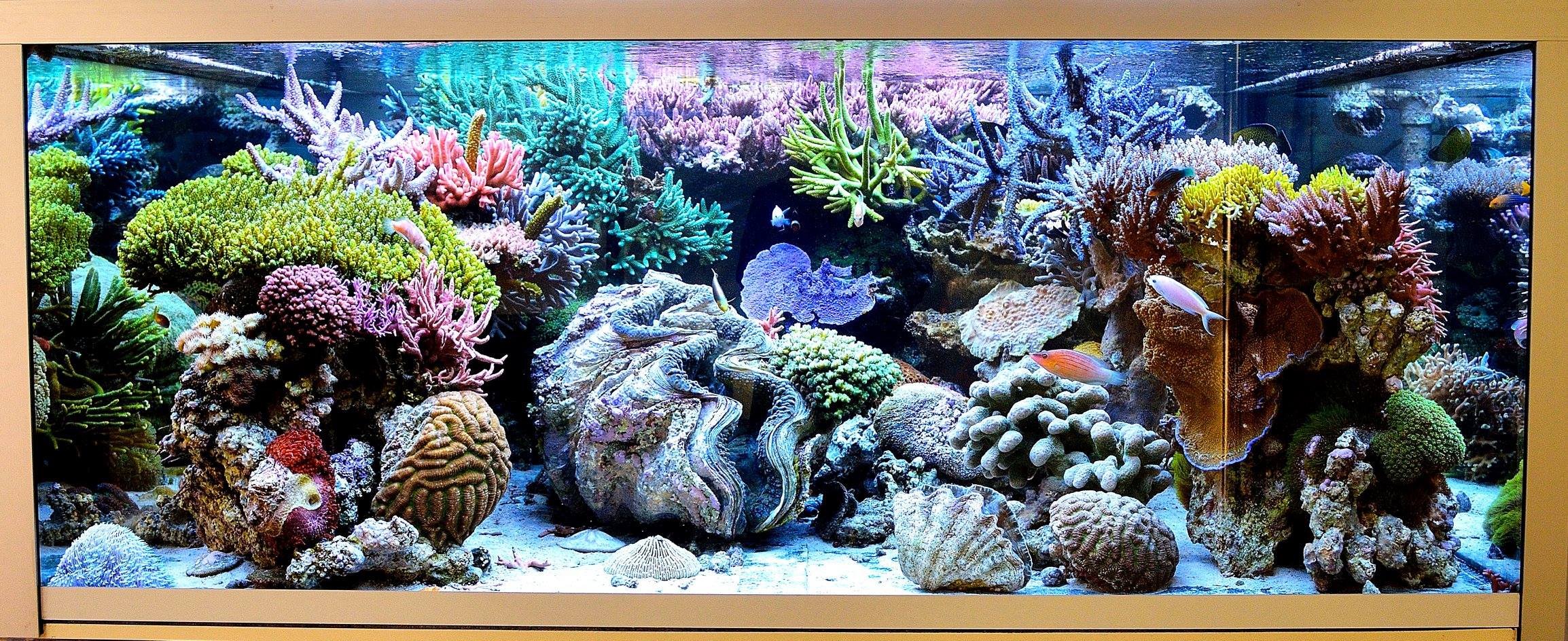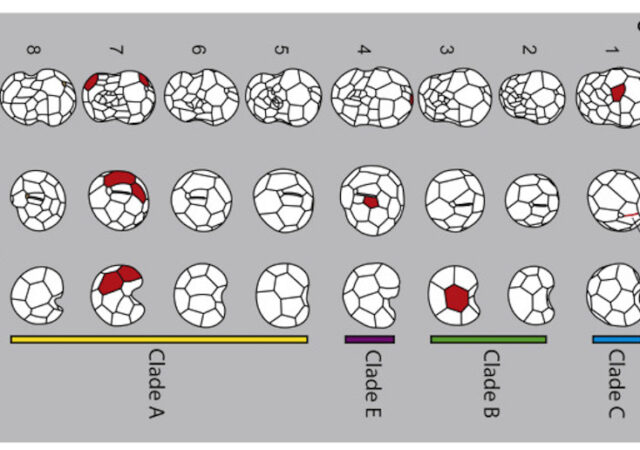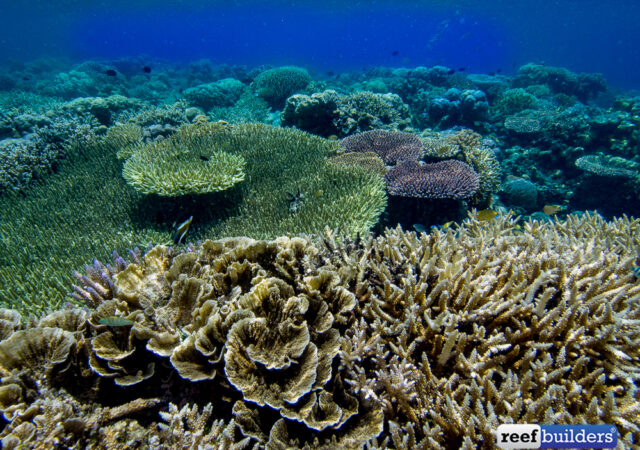Hugo Freudenthal was a very accomplished researcher and pilot who made his mark on the field of coral reef ecology by discovering and describing symbiotic algae. Now known as Symbiodinium, the photosynthetic dinoflagellates that live inside corals, clams, anemones and many…
Giant Clam Poop Could Help Corals Recover from Bleaching!
Last September a study was published taking a close look at giant clam poop, more accurately described as fecal pellets. We previously shared this story but wanted to circle back to it to really drive home one interesting point about…
New Research Shows Zooxanthellae are Older than Dinosaurs
Symbiotic zooxanthellae are the backbone of tropical reefs built by photosynthetic corals. Therefore understanding how zooxanthellae ‘works’ and how different they are is paramount to understanding how coral reefs work as an ecosystem, and how they can adapt to a…
Could Genetically Modified Algae Save Coral Reefs?
Coral Reefs Photosynthetic marine algae are crucial to the survival of the coral reefs. These tiny algae live symbiotically inside coral tissue and are responsible for converting sunlight into usable energy for the coral’s survival. Yet as we know all…
New study finds that biodiversity doesn’t always equal resiliency
A recent study suggests that corals with greater diversity of symbiodinium (aka zooxanthellae) are more sensitive to environmental changes than corals with fewer variety of symbiodinium. Published by the Royal Society Biological Sciences, the research breaks down the corals as…







